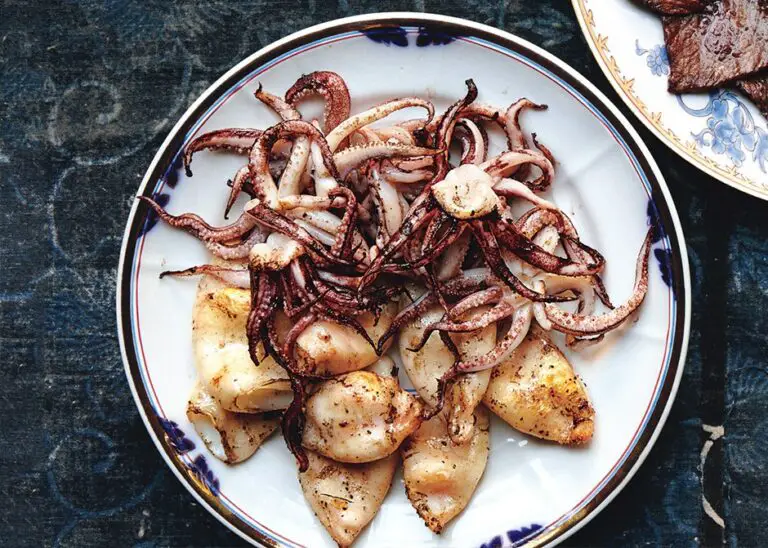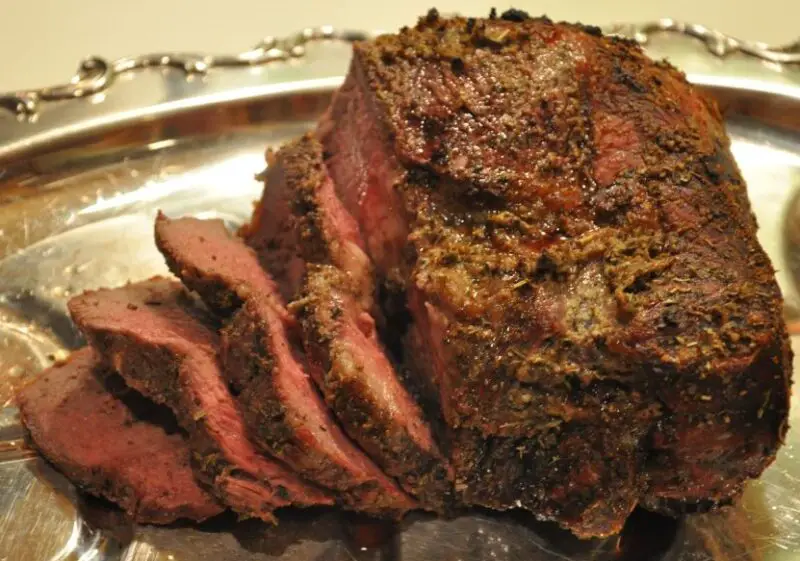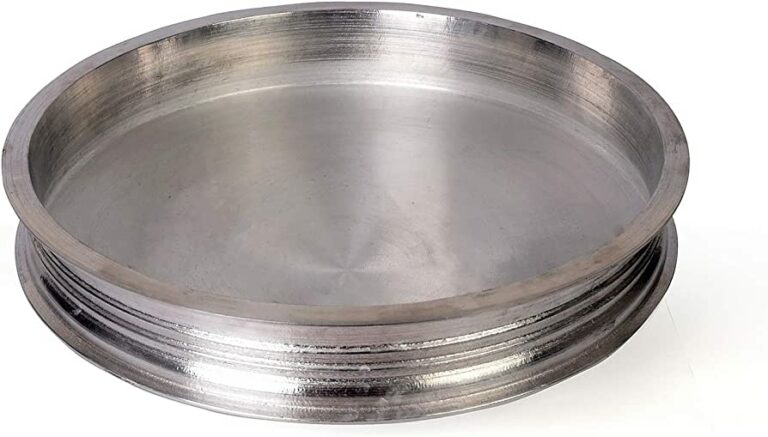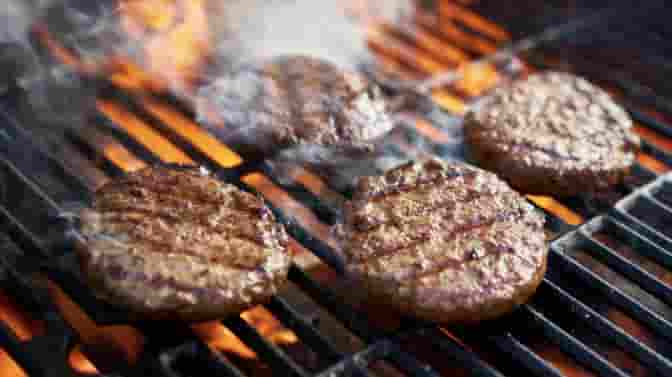Manicotti, a popular Italian dish stuffed with cheese, meat or vegetable fillings and covered in sauce, has won the hearts of many pasta lovers globally. However, preparing this meal can sometimes be time-consuming, and leftovers may go to waste due to spoilage when left in the refrigerator for too long. The solution? Freezing your manicotti before baking it! In this article, we will provide you with tips on how best to freeze and bake your manicotti (without ruining its taste or texture).
Benefits of Freezing Manicotti
Freezing your manicotti comes with a host of benefits beyond just extending the shelf life of your leftover meal. Here are some other advantages:
Extending shelf life
Freezing is an excellent way to preserve food and extend its shelf life without compromising quality.
Saving Time in Meal Preparation
By freezing your manicotti before baking it, you can save yourself lots of preparation time while still enjoying a delicious home-cooked meal.
How to Prepare Your Manicotti for Freezing
Here are the steps to take when preparing your manicotti for freezing:
- Cook or Parboil the Manicotti: Boil water in a large pot and parboil the manicotti until they are tender but still firm (‘al dente’). Alternatively, cook them completely if desired.
- Allow It To Cool Sufficiently: Pour cold water over the boiled/manicotti or let them sit at room temperature until cooled.
- Stuffing With Your Choice Of Filling: Proceed to fill each piece of pasta with your preferred filling. Note that whatever stuffing you add must not cause sogginess or disintegration during freezing/thawing/baking.
- Packaging For Freezing: Once filled, put them into freezer containers (with proper labeling) or zip-lock bags (air squeezed out as much as possible) so that it stays firm during storage and doesn’t get crushed.
Tips for Properly Storing Your Frozen Manicotti
Proper storage of your frozen manicotti is vital in preserving their quality and reducing the chances of freezer burn, contamination or exposure to moisture. Here are some tips to ensure you get it right:
Suitable Packaging Materials
Choose suitable packaging materials for your frozen manicotti. Freezer-safe containers work best because they will keep the pasta fresh and firm, whereas airtight bags can lead to some moisture buildup inside the bag which may affect the texture of your meal negatively.
Appropriate Storage Temperatures
Your freezer temperature should be set between -18°C and -20°C (0°F and -4°F) for proper preservation of your food. Also, avoid over-stuffing your freezer as this limits air circulation thus causing uneven cooling which affects their shelf-life.
Freeze Time And Shelf Life Expectations
It’s important to know how long you can freeze your manicotti before it starts losing its texture, taste, or growing mold. Here are some guidelines:
Maximum Recommended Freeze Duration
Freeze your manicotti for up to three months (within a freezing temp range of -18°C to –20°C) before considering thrashing it out.
Shelf Life Expectations After Thawing
Once thawed in the refrigerator (overnight recommended), cooked un-baked Manicotti will last for 3-4 days in the fridge and up to one month in the freezer. If baked while frozen, it lasts for 2-3 months in the freezer.
Defrosting And Cooking Frozen Manicotti
Before baking, bring your frozen manicotti back to room temperature through thawing using either:
- Microwave Defrosting:Tightly wrap a portion of Manicotti with cling film or place into a bowl covered with microwave-safe plastic wrap without allowing any evident openings. Set the defrost option for about 1-2 minutes until the center part thaws; then it stops and starts cooking. Rotate them midway after one minute.
- Refrigerator Thaw Methods: Let the Manicotti sit in the fridge overnight to thaw slowly. Then follow the appropriate instructions below.
Either way, don’t refreeze your thawed manicotti but go-ahead to cook it!
Approaches to Baking Frozen Manicotti
If you choose to bake your pasta immediately after freezing (without waiting for thawing), you’ll need to adjust the oven temperature according to what we recommend below:
Baking Straight from the Freezer
Bake straight from the freezer at 170°C (340°F) with a foil-covered baking dish for 50-60 minutes or until warm/hot correctly through.
A non-stick cooking spray could be used on top of the foil before placing in the oven so that it won’t stick onto them. Only remove the foil during the last five minutes of baking.
Thawed Before Baking
For better texture, we recommend defrosting before baking as previously discussed by allowing it to sit in a refrigerator overnight fully covered right away on a baking dish/pan and avoid aluminum containers/surfaces because they may cause discoloration. Also adding some moisture into where baked for easy serving waters will help thicken down once cooked in preparation if necessary.
Follow these heating tips:
- Preheat oven up to 175°C (350°F). Bake thawed manicotti for around 35 – 45 minutes.
- Add sauce over top of frozen Manicotti if desired before baking, but this isn’t mandatory since most of them are saucy already rich, tangy cheese filling!
Overcoming Common Challenges When Freezing Manicotti
Freezing can sometimes affect flavor and texture quality due to air pockets formed during freezing leading to freezer burn or picked up freezer odours. Here’s what to do to avoid these challenges:
- Properly wrap each piece of Manicotti to prevent freezer burn.
- Don’t stack the portions on top of one another as this compresses them, making them get soggy and quickly lose shape.
- Try seasoning your sauce slightly heavily than regular before using it in the recipe. This helps manicotti retain its flavors after freezing which might have semi-melting cheesy filling inside already during baking!
Conclusion
If you’re a pasta lover with a busy schedule but still want delicious meals at hand, freezing your manicotti could be an excellent addition to your kitchen routine. We hope this article has given you some tips on how best to prepare and store your frozen manicotti so that it retains its texture and taste even after freezing!
Q&A
- Can I store uncooked manicotti in the freezer? Certainly! In fact, freezing uncooked manicotti is a great way to save time when preparing it later. Just wrap the pasta tightly in plastic wrap and freeze in an airtight container or freezer-safe bag.
- Can I freeze cooked manicotti? Yes, cooked manicotti can also be frozen for later. Just make sure to let it cool completely before wrapping it tightly in plastic wrap and placing it in an airtight container or freezer-safe bag.
- How long can I freeze my manicotti before baking? For best results, try not to keep your uncooked or cooked manicotti frozen for more than two months. After that, the quality and texture may start to decline.
- Should I thaw my frozen manicotti before baking? It depends on how you want your dish to turn out. If you prefer a softer texture with melted cheese throughout, then thaw your frozen manicotti in the refrigerator overnight before baking as usual. However, if you prefer a firmer texture with crispy edges and gooey cheese on top, you can bake it straight from frozen – just add 10-15 minutes of baking time to ensure everything is heated through properly.






